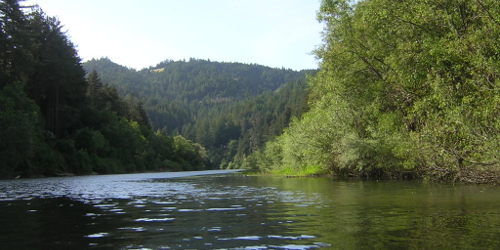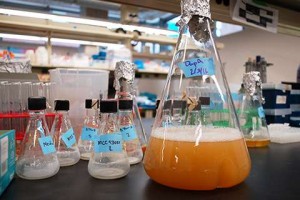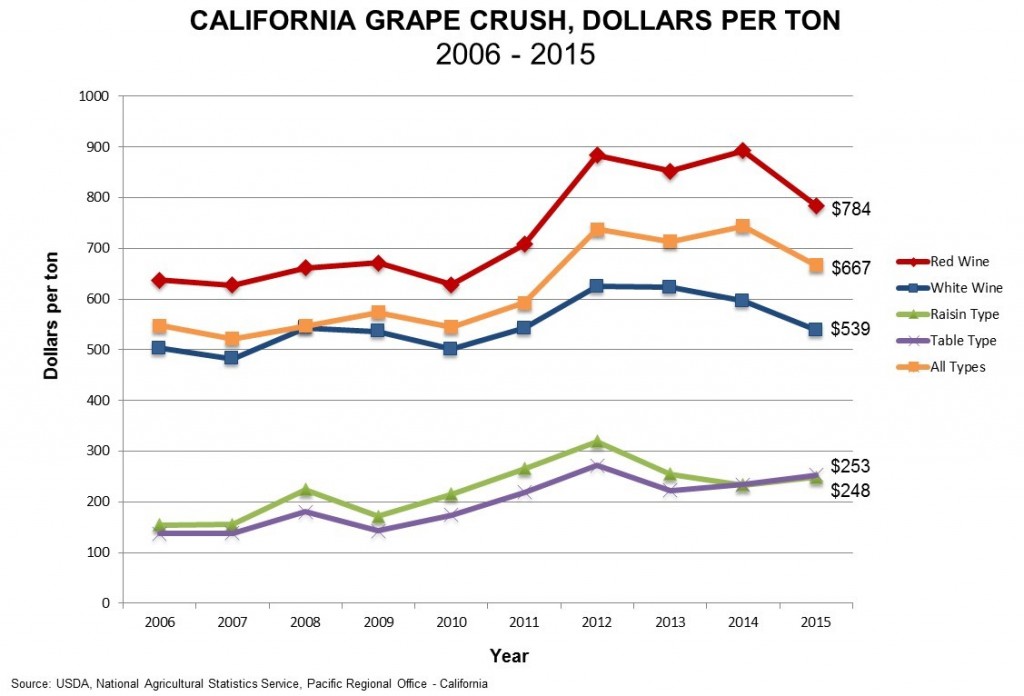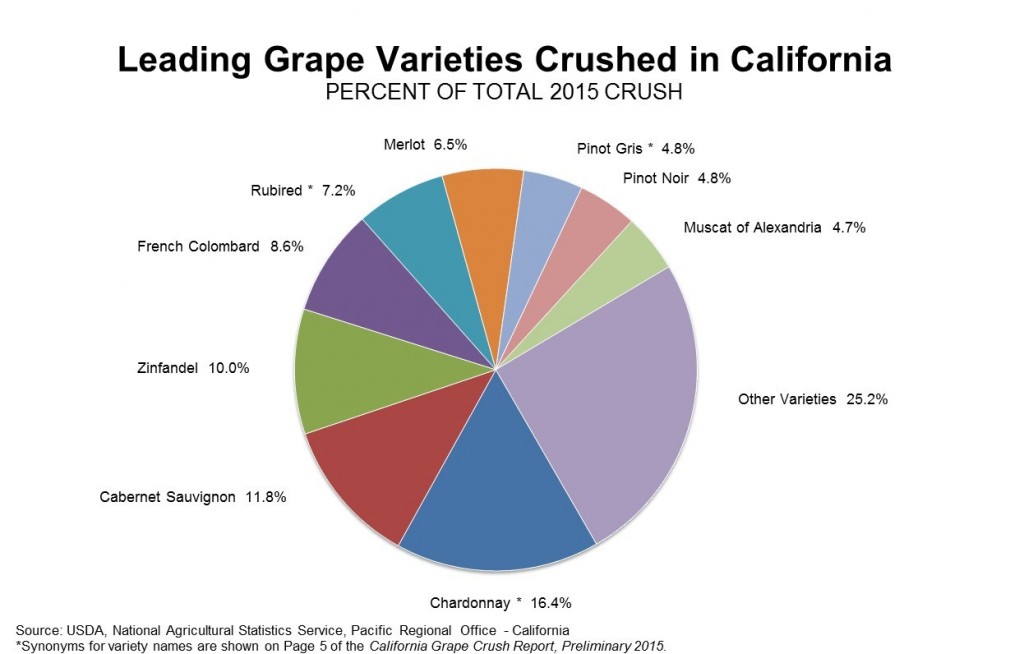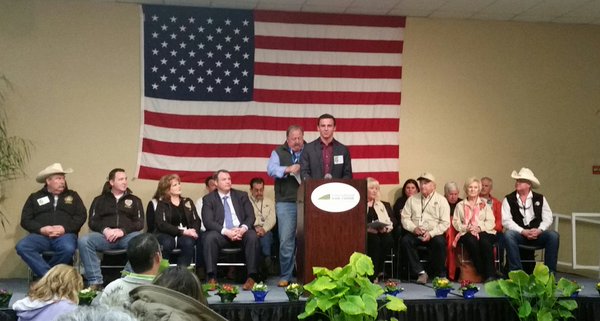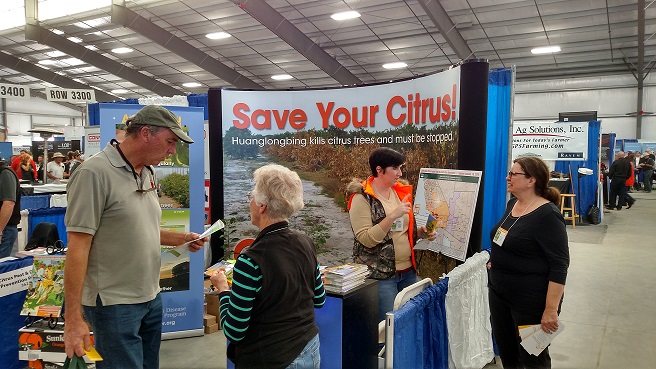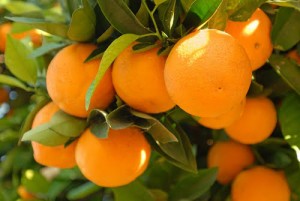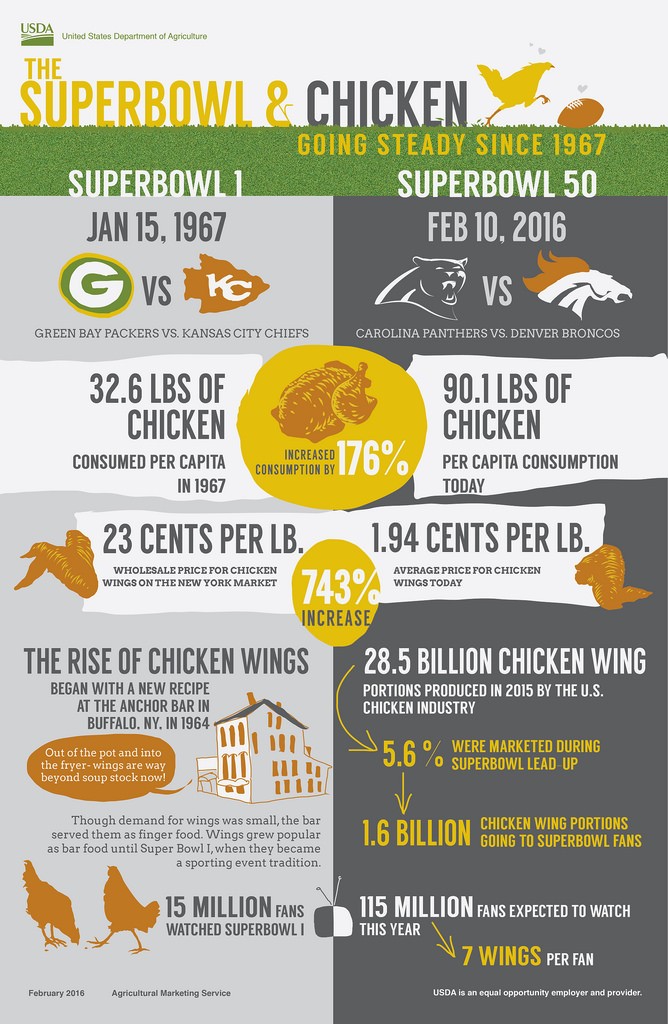
By Stephanie Strom
When Mark Anson came home with his hair on fire after a seminar on the seemingly soporific topic of soil health, his younger brother, Doug, was skeptical.
What had Mark lit up was cover crops: fields of noncash crops like hairy vetch and cereal rye that act on soil like a nourishing facial after the harvest.
Mark, 60, and his two brothers, together with assorted sons and sons-in-law, run Anson Farms, a big commercial soybean and corn operation in Indiana and Illinois. Concern about the soil quality of the family’s fields had nagged at him for some time. “Our corn was wilting when temperatures hit 103 degrees,” he said, and such heat isn’t so unusual in the summer. “I felt like I had a gorilla on my shoulder.” What he learned about the benefits of cover crops gave him hope.
But to Doug, planting some noncommercial crops seemed an antiquated practice, like using a horse-drawn plow. Cover crops had long been replaced by fertilizers. Still, he shared his brother’s concern about their soil. Its texture was different, not as loamy as it had once been, and a lot of it was running off into ditches and other waterways when it rained.
So in 2010 the family decided to humor Mark by sowing some 1,200 acres, which Mark describes as highly eroded farmland, with wheat cleanings and cereal rye. Additionally, they spread some cover crops to eroded areas in a few fields.
The next spring, Doug had to admit that the soil texture on that strip was better. And the water that ran off it during a rainstorm was clear, a sign that the roots of the cover crops were anchoring valuable topsoil in place.
But Doug didn’t become a believer until 2013, when the family was grappling with a terrible drought. “In the part of a field where we had planted cover crops, we were getting 20 to 25 bushels of corn more per acre than in places where no cover crops had been planted,” he said. “That showed me it made financial sense to do this.”
Now some 13,000 of the 20,000 acres that the family farms across nine counties are planted with cover crops after harvesting, and farmers around them are beginning to embrace the practice.
Cover crops are coming back in other areas of the country, too. The practice of seeding fields between harvests not only keeps topsoil in place, it also adds carbon to the soil and helps the beneficial microbes, fungus, bacteria and worms in it thrive.
These properties have led philanthropies like the Howard G. Buffett Foundation and the Samuel Roberts Noble Foundation to underwrite research on cover crops, while Monsanto, together with the Walton Family Foundation, recently put up the money to support the Soil Health Partnership, a five-year project of the National Corn Growers Association to identify, test and measure the impact of cover cropping and other practices to improve soil health.
Cover cropping is still used only by a small minority of farmers. When the Agriculture Department asked for the first time about cover cropping for its 2012 Census of Agriculture report, just 10.3 million acres — out of about 390 million total acres of farmland sown in crops — on 133,124 farms were planted with cover crops. The next census won’t be done until 2017, but experts say that the practice has spread. In an annual survey of about 1,200 farmers, the mean acreage reported as being sown in cover crops was 259 in 2014. That was double the mean reported by respondents in 2010, though results are not directly comparable because different farmers may have been involved in the surveys, said a spokesman for the Sustainable Agriculture Research & Education, a federal government program, which conducted the survey.
Interest in cover crops is coming from buyers, too. Dan Barber, a prominent chef who uses locally grown foods, has championed incorporating cover crops like clover and millet into cuisine as a way of encouraging farmers to grow them.
The Blue Ox Malthouse in Maine was established to coax farmers there to grow barley as a cover crop, which the company then turns into malt that is sold to the state’s craft beer industry. Half a dozen farmers are producing good-quality barley as a cover crop, and others “are interested in turning the grains they’ve been growing as cover crops into something there’s a value-added market for,” said Joel Alex, Blue Ox’s founder and maltster.
One measure of how rapidly the practice is growing is the booming demand for cover crop seeds. Keith Berns, a fourth-generation family farmer in central Nebraska, started making cover-crop seed mixtures in 2010, and the business “just kind of took off,” Mr. Berns said.
He and his brother, Brian, turned what started as a hobby into a thriving enterprise. This year, Green Cover Seed, their company, will sell enough seed to cover 500,000 acres in cover crops.
Last fall, the Berns brothers were recognized as White House Champions of Change for Sustainable and Climate-Smart Agriculture. “We have been kind of surprised at how fast our business has grown,” Keith said. “The reason is that because it’s working agronomically and doing what it’s advertised to do.”
Modern farming practices like applying fertilizer and herbicides and not tilling their fields, or “no till,” have helped farmers increase yields and reduced labor, but they have also unintentionally interfered with root systems, increased erosion and disrupted underground microbial activity and insect life that are vital to plant and soil health. (Many farmers deploying cover crops continue to use herbicides, although often less than they did in the past, but they often can do without fertilizers.)
“We’ve concentrated on the physical and chemical aspects of farming but not the biological,” said Dan DeSutter, who farms 5,000 acres near Attica, Ind.
Mr. DeSutter began fooling around with cover crops about 17 years ago, after Purdue University used one of his fields for research trials. One spring he was repairing a drainage tile in the test field and came across the deep, webbed root system that some Oregon ryegrass had put into the soil.
“I thought to myself, I have been pulling the guts out of my tractor to remove compaction 14 inches deep with a ripper,” Mr. DeSutter said, “and this plant has just bored a system of micropores four feet deep between cash crops all on its own.”
Today, all 5,000 acres he farms are sown after the harvest of corn and soy with a mixture of as many as 12 different crops, including sunflower, sorghum, buckwheat, turnips and hairy vetch, each of which delivers a different benefit. Most die off in the winter and decompose, leaving behind a rich layer of organic matter that gradually sinks into the earth. Farmers use a planter or seed drill to punch the seeds for their cash crops into the decaying cover crop.
Before cultivation, Indiana was blanketed in prairie grasses and forest, and the carbon content of the soil was as high as 10 percent in places. Today, after decades of tillage, which moves carbon from the soil into the atmosphere, and monocropping, the level on many farms is below 2 percent, Mr. Fisher said. Cover crops restore organic matter back into the soil, at a rate of about 1 percent every five years.
“As we put carbon back into the soil, it gives us a bigger tank to store water naturally,” Mr. DeSutter said. “This is one way we build resilience into the system.”
The adoption of cover cropping has been especially rapid in Indiana — about one million of the 12.5 million acres of farmland there are planted with cover crops between harvests. A strong collaboration between Purdue University and state and federal farm services gave birth to the Indiana Conservation Cropping Systems Initiative, a program that offers education and research to farmers in the state.
Rob Myers, director of extension programs for the north central region of SARE, and a professor at the University of Missouri, said Maryland also ranked high in the use of cover crops. The state reimburses farmers for the cost of cover crop seed and has been informing them about the impact that fertilizer runoff has on Chesapeake Bay.
Despite the support for cover cropping in Indiana, there is still resistance to change. Farmers are notoriously reluctant to offer their neighbors advice about farming, and cover cropping carries with it an implicit criticism of practices — reliance on fertilizers and pesticides, and so forth — that farmers for the last generation have used to increase productivity and reduce work.
“All those old guys sitting around shooting the breeze at the feed store get real quiet when I pull up,” Mr. DeSutter said, only half in jest.
Neighbors have made pointed comments about his “messy” fields. The fields sown with a cover crop cocktail are often blanketed in dying, decaying and thriving plants at the same time. In December, spindly black stalks, the remnants of sunflowers, shot up here and there from one of Mr. DeSutter’s fields, which were covered in a yellowing broadleaf and bright green hairy vetch.
But the biggest obstacle to more farmers adopting cover crops is the lack of data and research on their benefits. “Fewer of our neighbors think we’re crazy than when we started planting cover crops, but there’s still a lot of skepticism out there,” said Rodney Rulon, whose family farms 6,200 acres in northeastern Indiana and plants about four-fifths of them with cover crops.
Rulon Enterprises, the family business, has begun collecting data on some of its fields. He has found, for instance, an increase in organic matter and higher corn yields — an average of 12.8 bushels an acre more in one of his cover-cropped fields, said Mr. Rulon, who shared some of this data in December at the 70th Corn & Sorghum Seed Research Conference.
“You really start seeing a difference in your soil within two or three years,” Mr. Rulon said.
The Rulons spend about $100,000 a year on cover crop seed, or about $26 an acre. But they also saved about $57,000 on fertilizer they no longer needed, and bigger yields mean about $107,000 in extra income.
Including the value of improved soil quality, less erosion and other improvements, Mr. Rulon estimates that Rulon Enterprises gets about $244,000 of net economic benefit from cover crops annually, or a little more than $69 an acre.
The federal government is mulling ways to persuade farmers to adopt cover cropping. There is a small subsidy system; Rulon Enterprises, for instance, gets $40,000 to help offset the cost of cover crops and support other conservation practices.
But Mr. Rulon and Mr. DeSutter believe that landowners are the real key to taking cover crops mainstream. Most farmers work some fields leased from absentee owners, and thus have less incentive to maintain and invest in improving soil quality on that land.
“Why should landowners see the value of their land diminished because the soil on it has become unhealthy?” said Mr. DeSutter. “I’d like to see landowners give preferential treatment to farmers who are working to improve the value of the land they lease by using cover crops.”



